13 types of employee training to improve your workplace’s performance
Gyrus
MARCH 17, 2024
Simulation training The training simulates real-world scenarios in a safe and controlled environment, allowing individuals to practice skills and knowledge without the risk of real-world consequences.

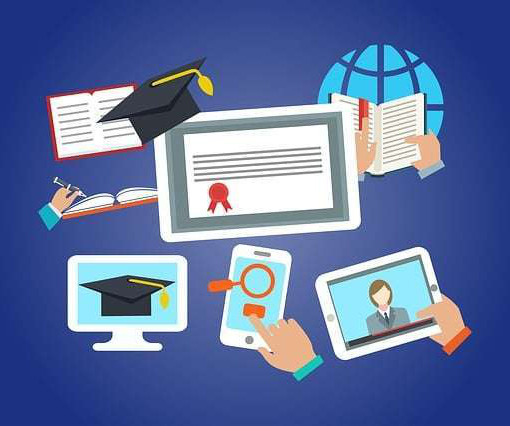

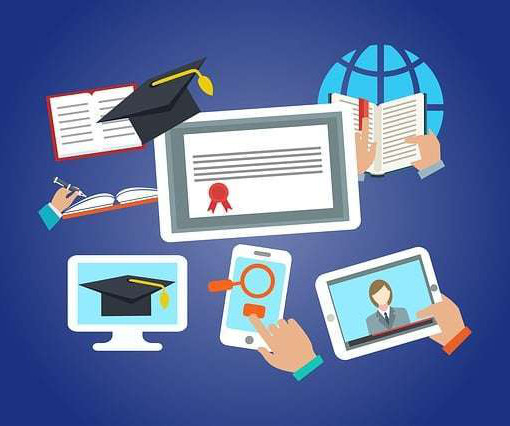





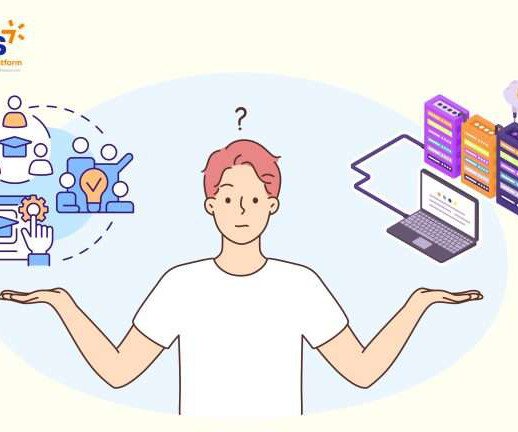




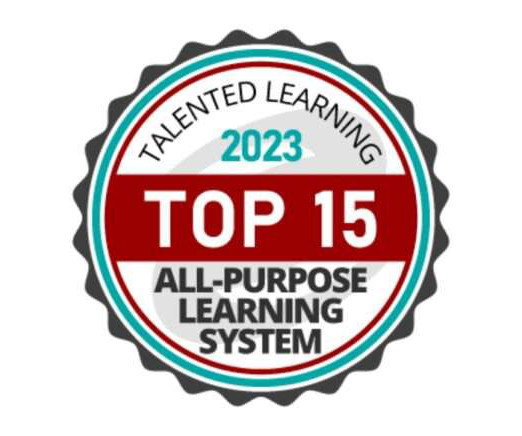
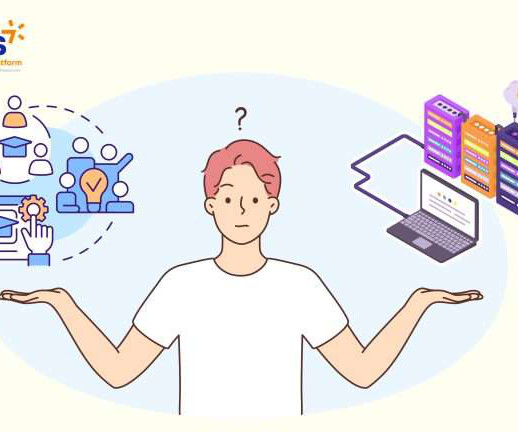


























Let's personalize your content